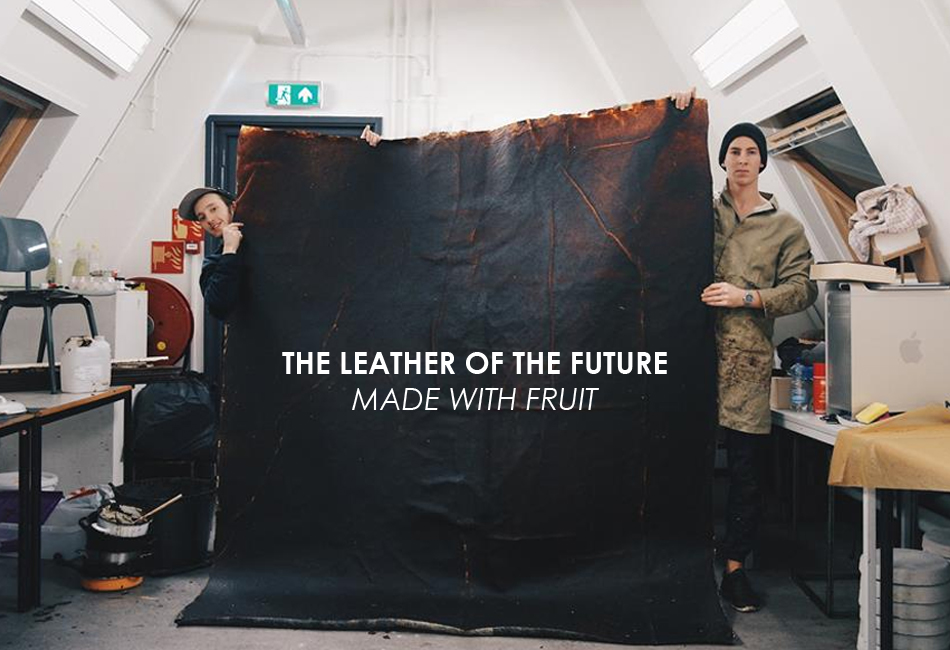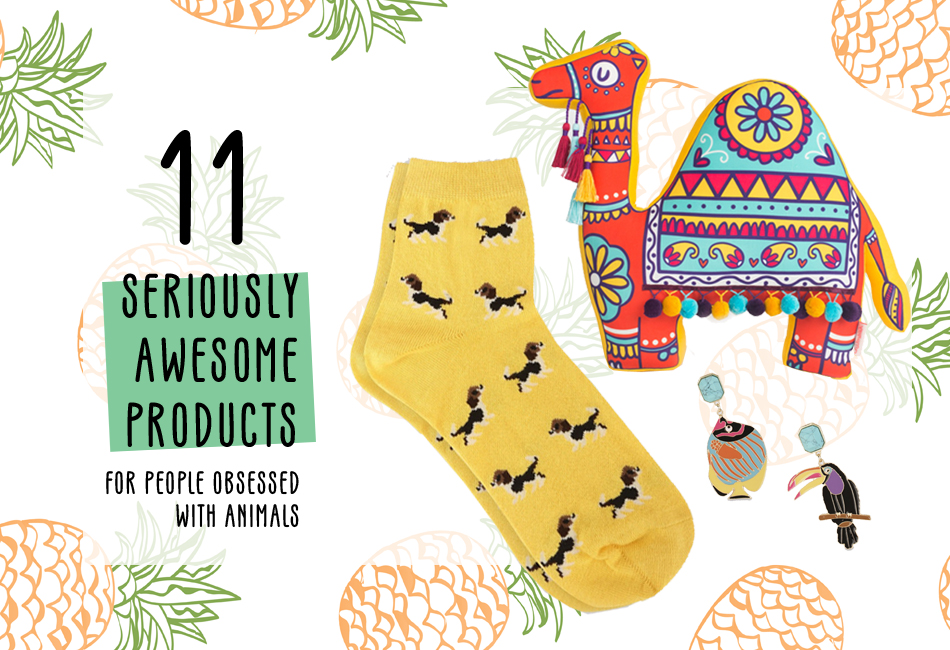Download Free Vegan Starter Kit -
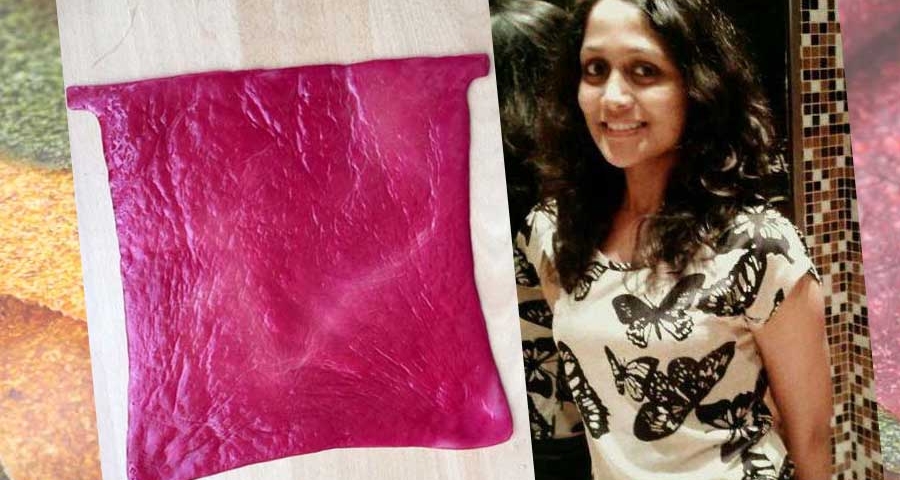
How I made Faux Leather at Home!
If you are a Kombucha aficionado or even an occasional drinker of this effervescent fermented drink, you are probably aware that it is brewed using live, probiotic culture called SCOBY (Symbiotic Colony of Bacteria & Yeast). SCOBY is a mildly disgusting looking and feeling, gel like slippery substance. Depending on who you are, holding SCOBY in your hands can either be a revolting or a delightful experience. Now apart from being used for making this wonderful, fizzy vinegary drink, SCOBY has several more interesting uses—one of them being vegan, microbial leather. Scientists at the Iowa State University, Queensland University, and some bio-textile technologists globally have all been independently dabbling in and experimenting with microbial leather, with very successful outcomes. Biker vest powered by wearable SCOBY technology, anyone?
I first came upon this brilliant idea while reading up on sustainable alternatives to leather, at which point I stumbled upon Suzanne Lee of BioCouture. Suzanne is a fashion designer and a biological conjurer—she basically explores ways to sustainably produce fabrics using microorganisms. She has been creating intriguing clothing in labs using microbial cellulose (or SCOBY). Designers and hobbyists elsewhere have been creating bags, shoes, jewellery, and more using microbial leather.
I decided to try this out for myself. I wasn’t sure what the end product or use would be, but I certainly wanted to make the leather, to begin with, and I did. I followed the process below to cultivate and harvest my own compact sheet of leather at home. I had my dear sister bring me some starter culture from Pondicherry (SCOBY is rarely available in Hyderabad unless a kind kombucha brewer decides to share a SCOBY disc or two from their repertory with you). I used some of this culture to brew kombucha, and some to cultivate the leather mat. The process, by and large, remains the same. Here’s how you can make this revolutionary stuff right at home:
Step 1 Brew the tea base
Boil 2 litres of water and make a regular tea brew as you normally would (NO MILK). This can be green tea or black tea, or a combination of both. You can use tea bags, but make sure to discard these once the brew is fixed. 2 tea bags will suffice for a batch of 2 litres.
Add about 200gms of sugar to the brew, and stir until it dissolves. You can replace sugar with jaggery if you prefer. Allow the liquid to cool.
Step 2 - Transfer and add culture:
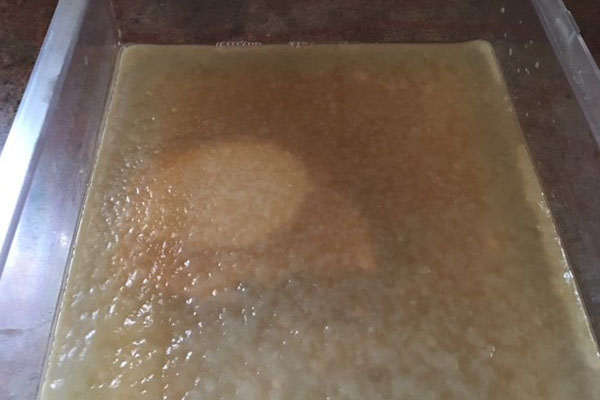
When the liquid is lukewarm or at room temperature, shift it into a thoroughly cleaned and dried glass/plastic/ceramic tumbler or a tub. If possible, pick a transparent container so that you can monitor it from time to time without disturbing the liquid. Avoid metallic containers. The leather material will take the shape of the container you cultivate it in. I chose a square, transparent fibre container.
Add SCOBY to this liquid. If you have any kombucha, you can also add a cup of it to the brew. You may also add cider vinegar to it (optional). Cover the container with a cheesecloth or any light breathable cloth; Don’t use a lid as your SCOBY needs oxygen to thrive. You can secure the cloth over the top with rubber bands or pins.
Ensure complete hygiene throughout the process and while handling SCOBY. Contamination can cause mould.
Step 3 - Set aside for fermentation
Depending on the season and the predominant climate temperature in your region, the fermentation process can take anywhere between 10 days to 3 weeks, or longer depending on the thickness of the cellulose you’re aiming for. My leather mat took up to 3 weeks to gain a thickness of 2cms, at which point I harvested it. To enable safe and quick fermentation, store the container in a warm space, away from sunlight where you are unlikely to disturb it. You will know the fermentation has begun when you see bubbles and a transparent layer forming at the top.
Step 4
Harvest the leather: When the cellulose reaches the desired thickness, you can go ahead and harvest it. Take it out of the container and wash it thoroughly with cold water. It is normal to find yeast strands and slimy, brown substance on the underside of the cellulose mat which can be cleaned up while washing. Use soap if necessary, but be gentle. You will likely find the old culture/SCOBY settled at the bottom of the container. If this appears to be in good shape, you can store it for future use. Read up on SCOBY hotel and maintenance to know more.
If you wish to colour your leather, just dip it in dyed liquid until it absorbs the pigment. I used red, which probably wasn’t the best choice considering the output’s eerie resemblance to flesh.
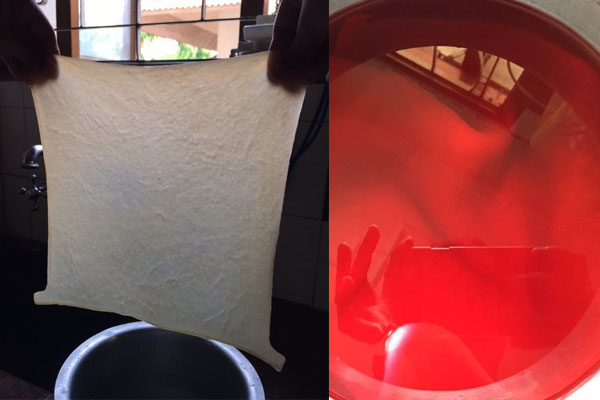
Dry the mat out on a wooden surface. It is alright to expose it to sunlight at this point. The drying process can take up to a few hours. You will find that the dried up mat is much thinner after it loses all the water. Lo and behold! You now have your microbial leather ready! It’s incredible (and creepy?) how closely it resembles skin.
While the SCOBY leather is surprisingly tensile and pliable, it is not waterproof or water-resistant (Uh oh). Which means, in the instance of exposure to moisture, sweat, or water, it loses its structural integrity. This can be addressed through oiling and waxing, but it could take one several attempts to get this process right.
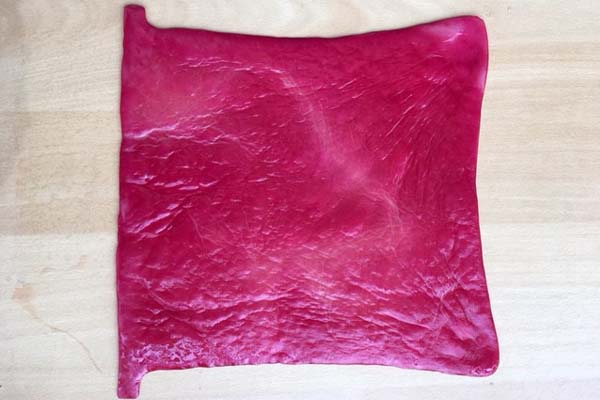
Go on and make your own microbial leather! If you are looking for some creative inspiration, there is a generous amount of it available all over the interweb. Right here in this Ted Talk video, you will see Suzanne Lee donning one of her SCOBY leather creations. I am not sure about you, but I sure am awestruck! Sheer brilliance.
Like this?
Read: Leather Made Out of Fruit Waste? Yes, Please!
Read more: #VeganStories: My Love For Animals Took Over My Love For Shoes!
* Feature Image courtesy Shutterstock
AUTHOR

trending
2.png)
Be a Vegan First Informer
Send us buzzworthy news and updates
Explore
Contact Us
About Us
Stay Connected
Copyright ⓒ 2017-2023. VEGAN PASSION PRIVATE LIMITED. All Rights reserved.
For more information, please write to hello@veganfirst.com
Registered Office Address: 55, 2nd floor, lane 2, Westend Marg, Saidullajab, Near Saket Metro Station, New Delhi, Gadaipur, New Delhi South West Delhi, DL

2.png)

.png)
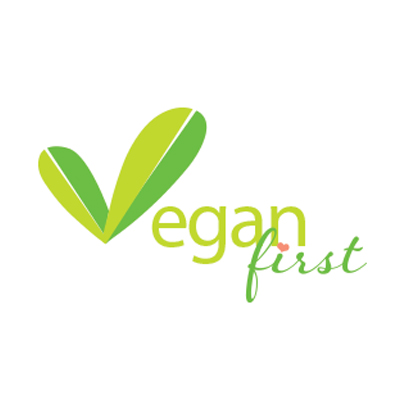
.png)
2.png)
2.png)


1.png)

